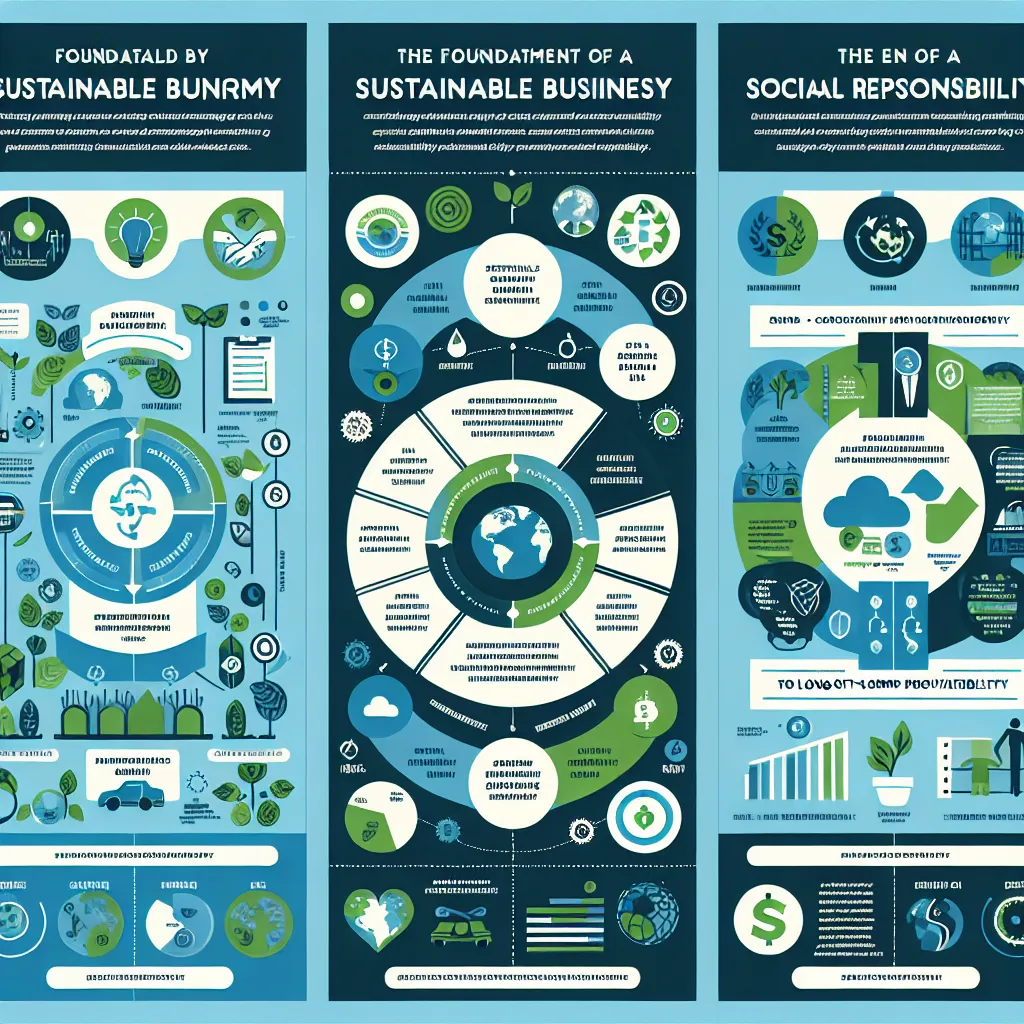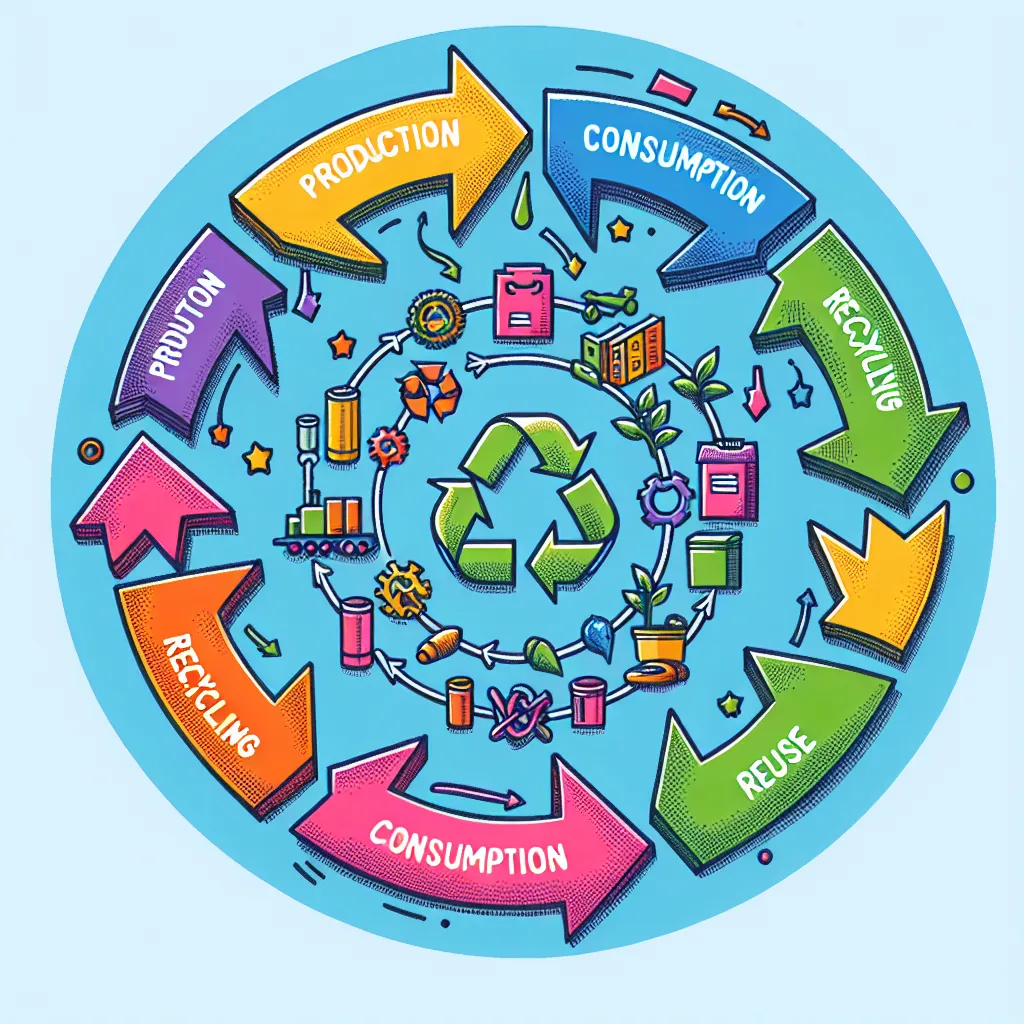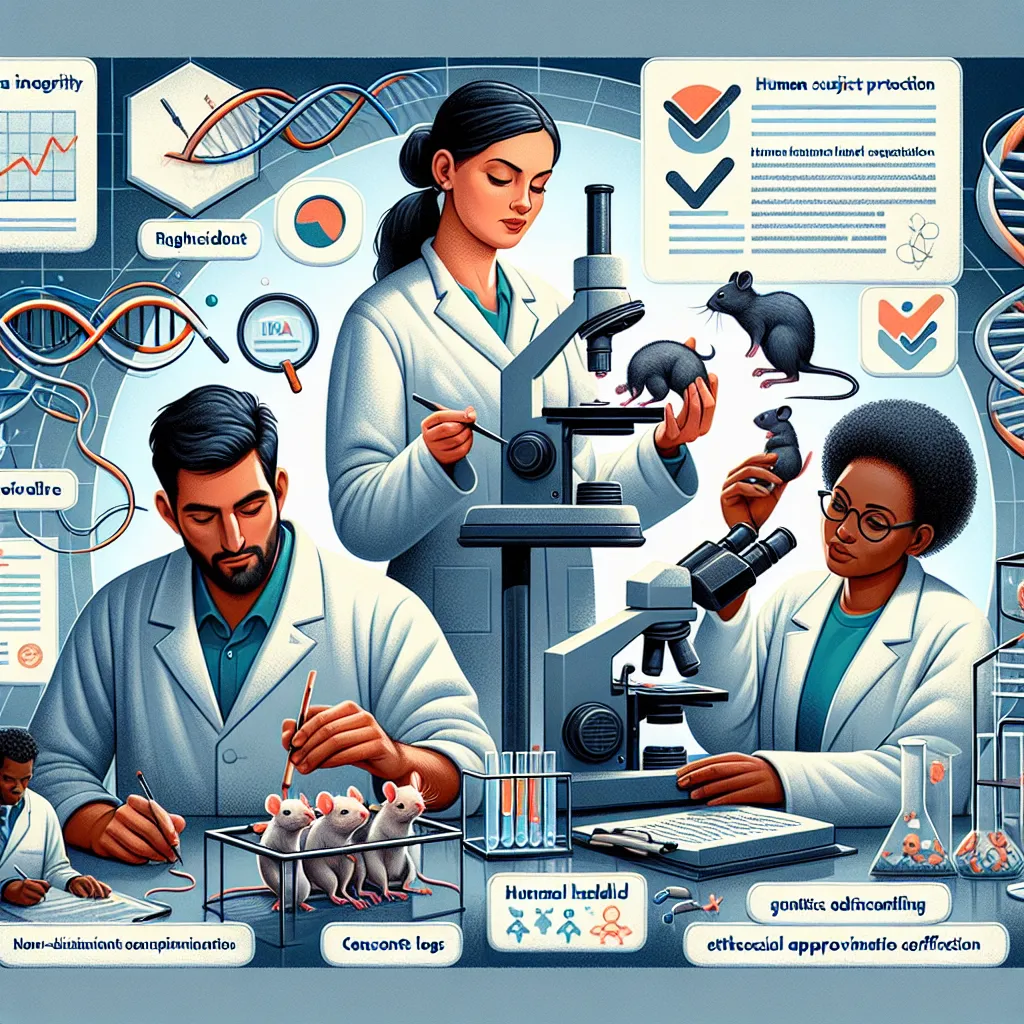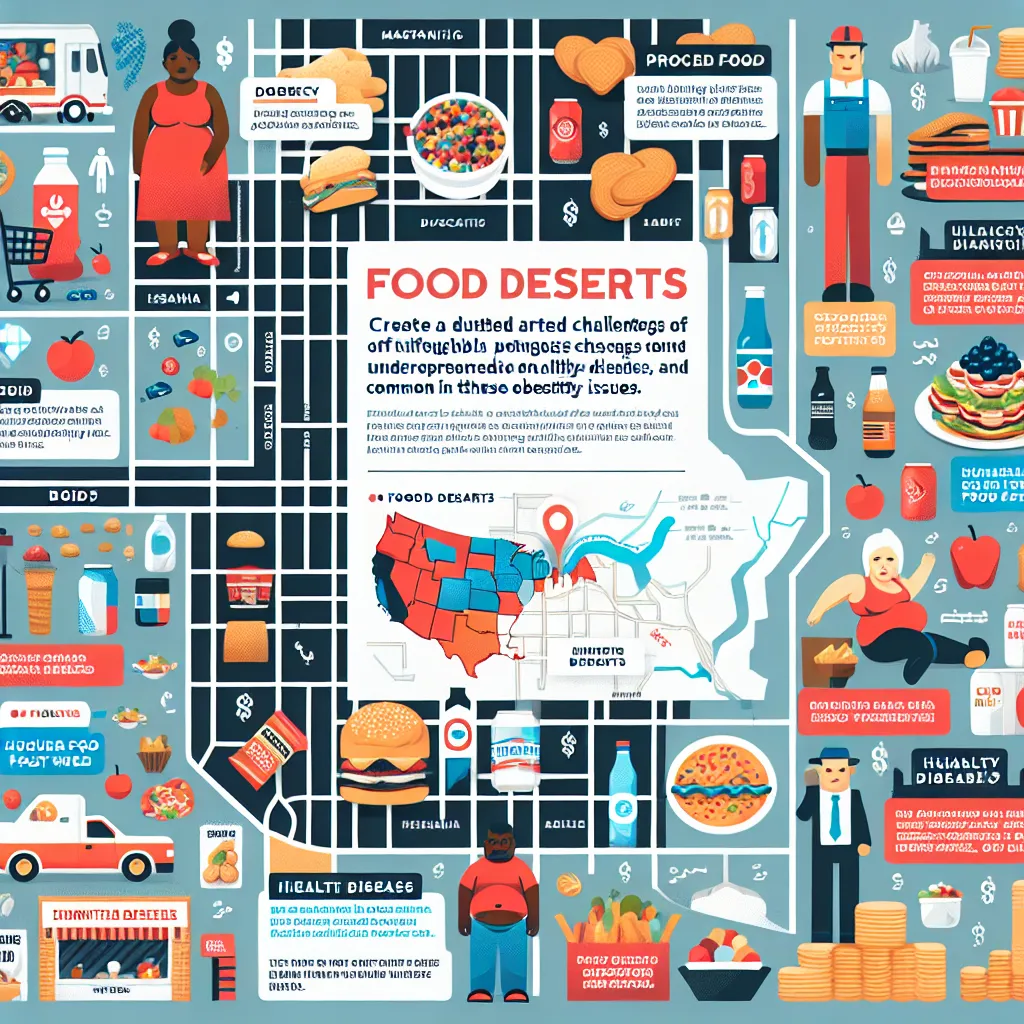The IELTS Reading test is a crucial component of the IELTS exam, assessing candidates’ ability to comprehend complex texts and extract relevant information. Today, we’ll focus on a topic that has gained significant traction in recent years: sustainable business models. This subject has appeared in various forms in past IELTS exams and, given its growing importance in the business world, is likely to resurface in future tests. Let’s dive into a practice passage and questions to help you prepare for this potential topic.
Nội dung bài viết
 Sustainable Business Model Diagram
Sustainable Business Model Diagram
IELTS Reading Practice Test
Reading Passage
Creating a Sustainable Business Model
In today’s rapidly evolving business landscape, sustainability has become more than just a buzzword—it’s a necessity for long-term success. A sustainable business model is one that creates value for all stakeholders while minimizing negative impacts on the environment and society. But how can companies transition to such a model?
The first step in creating a sustainable business model is to conduct a thorough assessment of the company’s current operations and impacts. This involves analyzing the entire value chain, from raw material sourcing to product disposal, to identify areas where sustainability can be improved. Companies should consider factors such as energy consumption, waste generation, and social impacts on employees and communities.
Once a baseline is established, the next step is to set clear, measurable sustainability goals. These goals should be aligned with the company’s overall strategy and should address the most significant environmental and social impacts identified in the assessment. For example, a company might set targets for reducing carbon emissions, increasing the use of renewable energy, or improving worker conditions in its supply chain.
Innovation plays a crucial role in developing sustainable business models. Companies need to rethink their products, processes, and business models to reduce resource consumption and waste generation. This might involve redesigning products for easier recycling, developing closed-loop systems where waste becomes a resource, or shifting from selling products to offering services.
Collaboration is another key aspect of sustainable business models. No company can achieve sustainability in isolation. Partnerships with suppliers, customers, NGOs, and even competitors can drive innovation and create shared value. For instance, companies might work together to develop industry-wide sustainability standards or share best practices for reducing environmental impacts.
 Circular Economy Concept
Circular Economy Concept
Transparency and accountability are essential for building trust with stakeholders and ensuring that sustainability efforts are genuine and effective. Companies should regularly report on their sustainability performance, using standardized frameworks such as the Global Reporting Initiative (GRI) or the Sustainability Accounting Standards Board (SASB) to ensure comparability and credibility.
Finally, creating a sustainable business model requires a long-term perspective. Short-term financial pressures often conflict with sustainability goals, but companies must recognize that sustainability investments can lead to long-term cost savings, improved reputation, and new business opportunities. Leaders must be willing to make decisions that may not pay off immediately but will position the company for success in a more sustainable future.
In conclusion, creating a sustainable business model is a complex but necessary journey. It requires a holistic approach that considers environmental, social, and economic factors. Companies that successfully navigate this transition will not only contribute to a more sustainable world but will also be better positioned to thrive in an increasingly conscious marketplace.
Questions
True/False/Not Given
- Sustainability is now considered essential for long-term business success.
- The first step in creating a sustainable business model is to set clear goals.
- Companies should only focus on environmental factors when assessing their sustainability.
- Innovation is crucial for developing sustainable business models.
- Collaboration with competitors is never beneficial for sustainability efforts.
Matching Headings
Match the following headings to the paragraphs in the passage. There are more headings than paragraphs, so you will not use all of them.
A. The role of innovation in sustainability
B. Setting sustainability goals
C. The importance of long-term thinking
D. Assessing current operations
E. The benefits of sustainable business models
F. Collaboration and partnerships
G. Transparency and reporting
- Paragraph 2:
- Paragraph 3:
- Paragraph 4:
- Paragraph 5:
- Paragraph 6:
Multiple Choice
-
According to the passage, a sustainable business model creates value for:
A. Shareholders only
B. Employees and communities
C. The environment
D. All stakeholders -
When setting sustainability goals, companies should:
A. Focus only on environmental impacts
B. Ignore their overall business strategy
C. Align goals with their overall strategy
D. Set targets that are easy to achieve -
The passage suggests that innovation in sustainable business models might involve:
A. Increasing resource consumption
B. Developing closed-loop systems
C. Avoiding partnerships with other companies
D. Focusing solely on short-term profits
Answer Key
- True – The passage states, “sustainability has become more than just a buzzword—it’s a necessity for long-term success.”
- False – The passage says the first step is to conduct a thorough assessment of current operations.
- Not Given – The passage mentions environmental, social, and economic factors, but doesn’t state that companies should only focus on environmental factors.
- True – The passage states, “Innovation plays a crucial role in developing sustainable business models.”
- False – The passage mentions that collaboration even with competitors can drive innovation and create shared value.
- D – This paragraph discusses assessing current operations and impacts.
- B – This paragraph talks about setting clear, measurable sustainability goals.
- A – This paragraph focuses on the role of innovation in developing sustainable business models.
- F – This paragraph discusses the importance of collaboration and partnerships.
- G – This paragraph is about transparency and reporting on sustainability performance.
- D – The passage states that a sustainable business model “creates value for all stakeholders.”
- C – The passage mentions that goals “should be aligned with the company’s overall strategy.”
- B – The passage suggests “developing closed-loop systems where waste becomes a resource” as an example of innovation.
Common Mistakes
When tackling IELTS Reading questions on topics like sustainable business models, candidates often make the following mistakes:
- Overlooking key words: In True/False/Not Given questions, missing crucial words like “only” or “always” can lead to incorrect answers.
- Falling for distractors: In Multiple Choice questions, some options may be partially correct but not the best answer. Always read all options carefully.
- Mismatching headings: When matching headings, candidates sometimes choose based on a single word rather than the main idea of the paragraph.
- Time management: Spending too much time on difficult questions can lead to rushed answers later in the test.
Vocabulary
Here are some challenging words from the passage, along with their definitions and pronunciations:
- Stakeholders /ˈsteɪkˌhoʊldərz/ (noun): People or groups with an interest in a business’s success.
- Sustainability /səˌsteɪnəˈbɪləti/ (noun): The ability to maintain or support a process continuously over time.
- Value chain /ˈvæljuː tʃeɪn/ (noun): The full range of activities needed to create a product or service.
- Closed-loop /kloʊzd luːp/ (adjective): Describing a system where waste is reused as a resource.
- Transparency /trænsˈpærənsi/ (noun): The quality of being open and honest in business practices.
Grammar Focus
Pay attention to the use of conditional sentences in discussions about business strategies. For example:
“If companies adopt sustainable practices, they will be better positioned for long-term success.”
Structure: If + present simple, will + base verb
This type of conditional (first conditional) is often used to discuss likely future scenarios in business and environmental contexts.
Tips for IELTS Reading Success
- Practice active reading: Engage with the text by predicting content, asking questions, and summarizing main points.
- Improve your vocabulary: Regularly learn new words related to business, environment, and sustainability.
- Time management: Allocate your time wisely across all sections of the Reading test.
- Skim and scan: Use these techniques to quickly locate specific information in the text.
- Read the instructions carefully: Ensure you understand what each question is asking before answering.
Remember, success in IELTS Reading comes with consistent practice and familiarity with various question types. Focus on understanding the overall message of the passage while being able to locate specific details quickly.
For more practice on sustainability-related topics, you might find these articles helpful:
- How to Practice Sustainable Consumerism
- The Role of Innovation in Sustainable Development
- The Importance of Sustainable Consumption Practices
By regularly engaging with such materials, you’ll build both your reading skills and your knowledge of sustainability topics, preparing you well for the IELTS Reading test.


